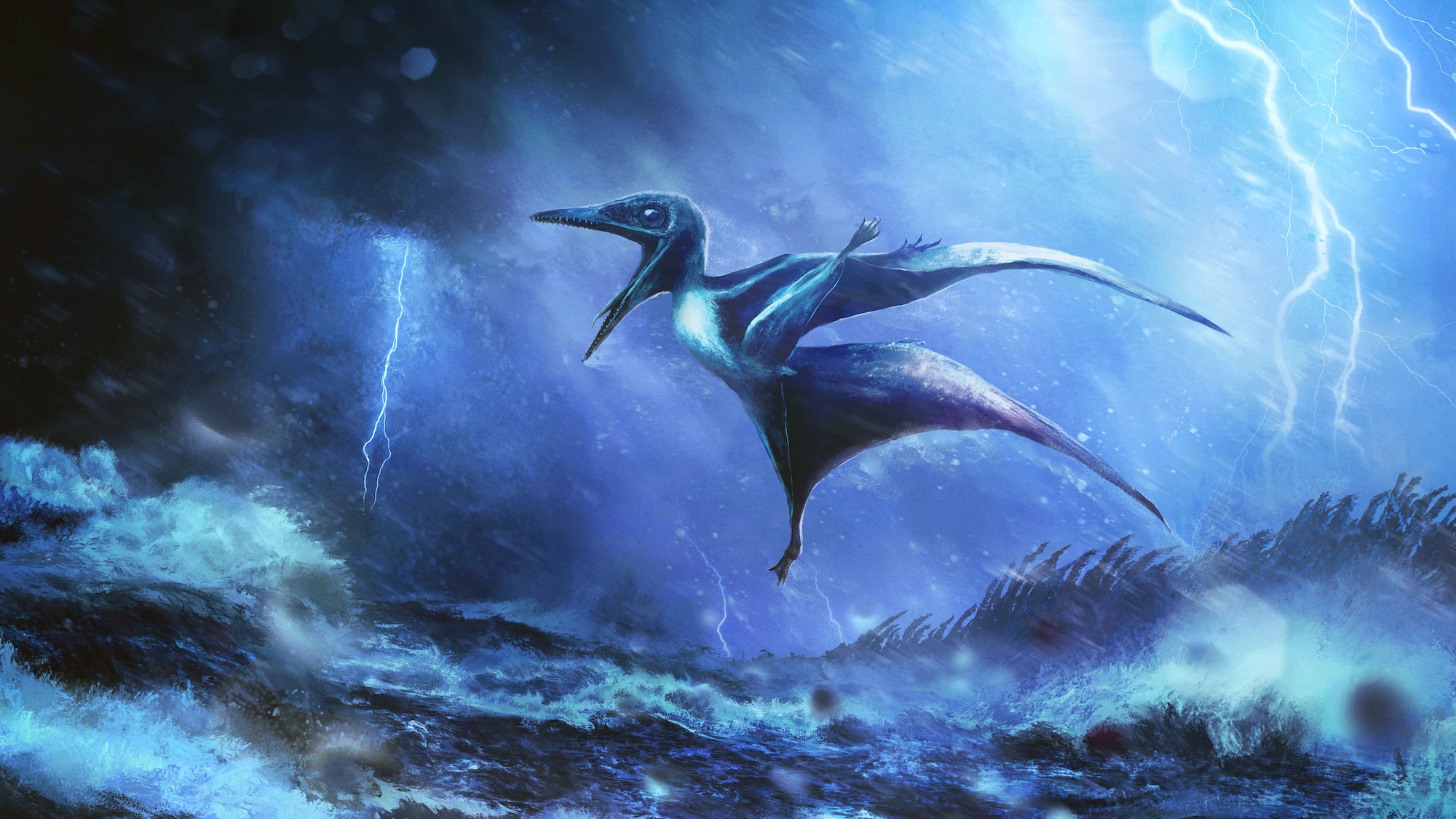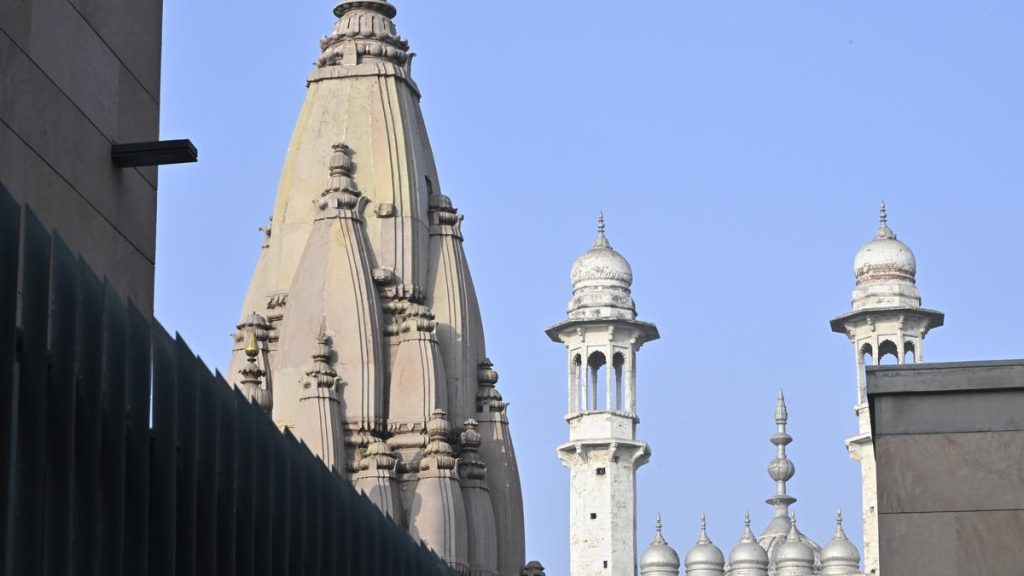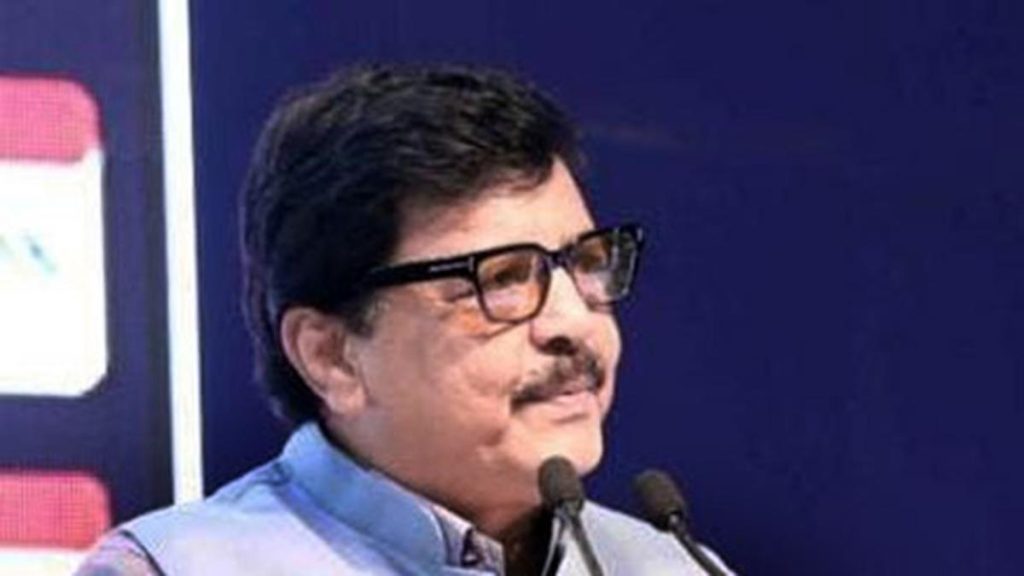Now Reading: Baby Pterosaur Skeletons Uncover a Prehistoric Tragedy
-
01
Baby Pterosaur Skeletons Uncover a Prehistoric Tragedy
Baby Pterosaur Skeletons Uncover a Prehistoric Tragedy

Quick Summary
- Finding: Paleontologists uncovered two well-preserved infant pterosaurs, named Lucky I and Lucky II, in southern Germany’s Solnhofen Limestones, dating back to 150 million years ago.
- Conditions: A tropical storm likely caused fatal wing fractures in the pterosaurs before they drowned and were preserved in lime-heavy mud at the bottom of a lagoon.
- Significance: The hatchlings’ intact fossils are extremely rare due to their thin-walled bones, aiding scientists in understanding ancient ecosystems.
- Observations: Both fossils exhibit fractured wings-one on the left humerus (lucky I) and one on the right (Lucky II)-indicating violent wind damage rather than impact injuries.
- Adult fossils Paradox: Adult pterosaur remains are uncommon due to lighter skeletons; juveniles were disproportionately preserved becuase of frequent storm-related deaths near lagoon habitats.
!The hatchling Pterodactylus under UV light
Credit: University of Leicester
!Second infant showing similar injury details
Credit: University of Leicester
indian Opinion Analysis
This captivating discovery holds broader implications for paleontology’s understanding of delicate species preservation. While rooted in European history, it offers valuable lessons for India’s budding scientific community exploring its prehistoric past. india’s Deccan Traps boast significant fossil records but preserving fragile specimens from smaller species remains challenging given geological activity.
The study also reinforces how catastrophic events-like storms-shaped ecosystems dramatically over time. Applying similar investigative models could aid India’s researchers studying climate impacts on native flora and fauna through earth’s timeline. Collaborations between Indian institutions and global experts might uncover smaller dinosaur species previously overlooked amid larger finds.
India can leverage such insights by investing more resources into excavation projects targeting microfauna preservation areas across locations like Rajasthan or Madhya Pradesh-the key to enriching our prehistoric narrative alongside dominant megafauna accounts.























